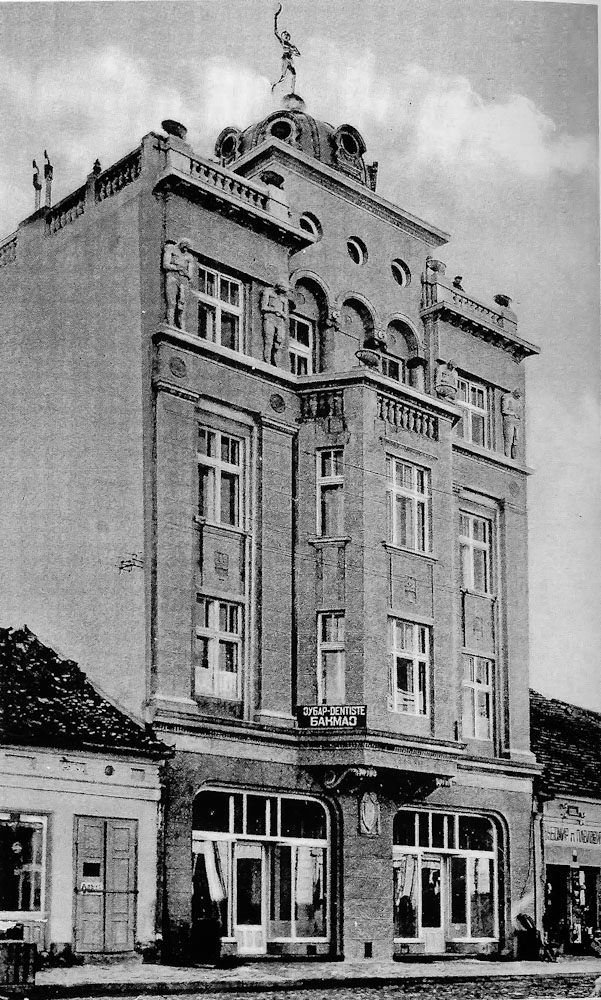
Rajković & Stajković Palace was built as the highest building in Zaječar at the time.
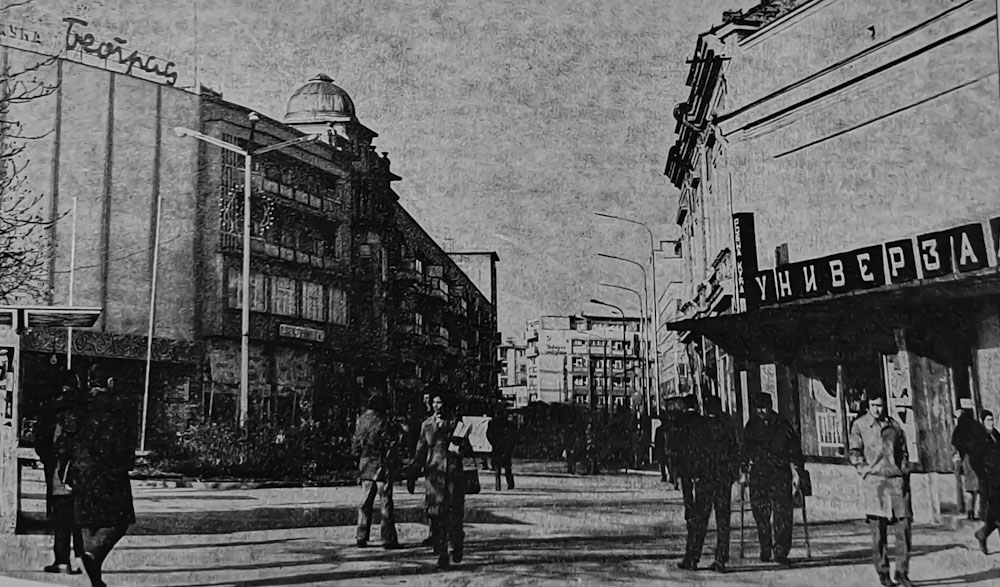
The building was nationalized after World War II, as well as the rest of Stevan Rajković and General Bank's properties.
When it was built, Rajković & Stajković Palace was the tallest building in Zaječar. In the basement, there were two shops, a dentist on the first floor, while the remaining two floors were used as private apartments.

STEVAN RAJKOVIĆ (1878-1950)
A well-known industrialist from Zaječar, Stevan Rajković came from a family of traders. After the sudden death of his oldest brother, he took over his father’s Coka trading company. He was very successful and gained significant wealth very quickly. Just before the outbreak of the First World War in 1914, Stevan decided to invest into industry, hence he begun building a large and modern industrial mill in Zaječar. He managed to finish only some of the buildings, and the war prevented him from finishing the remaining ones or installing the machinery.

After the war, in 1922 Stevan Rajković decided to form a partnership with Nikola Stajković, a well-known trader of grains. Rajković invested in the remaining buildings and provided the necessary capital, while Stajković invested into buying the machines.
The mill was finished in 1924 and had the capacity of 4 wagons per day. It operated as „The Automatic Mill Rajković–Stajković“ (short RIS). At the time, it was the largest and the best industrial mill in the Timok Region, with the storage capacity for 100 wagons of grain. They sold flour in Serbia, Macedonia, Bosnia, Dalmatia, all the way to Dubrovnik.
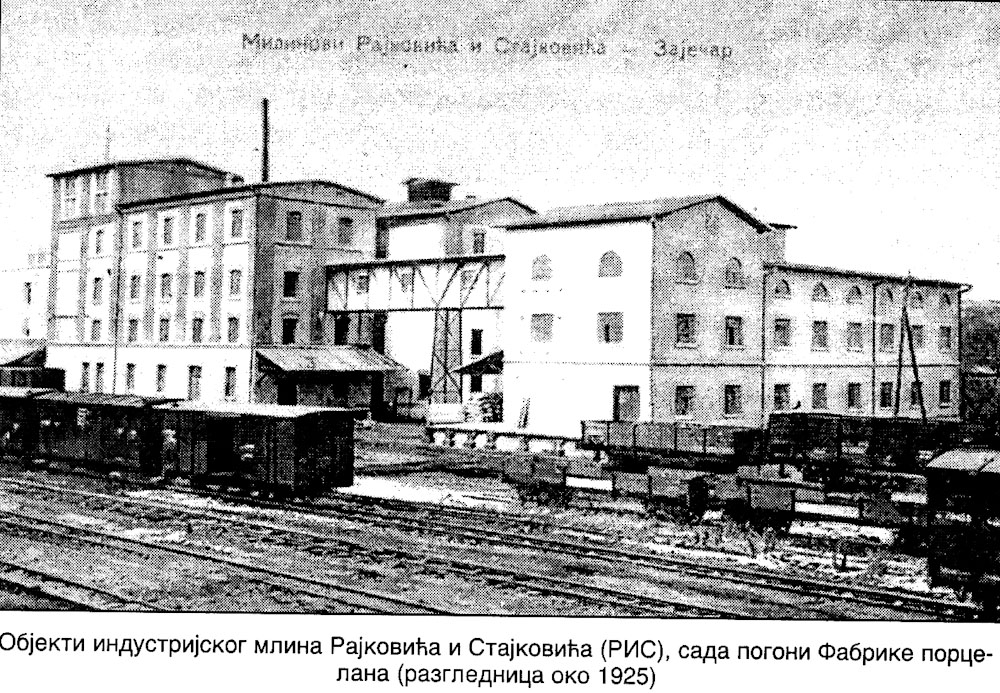
In order to expand their production, they needed a fresh influx of capital. To provide it, they decided to found their own bank in Zaječar – The General Bank Rajković & Stajković Inc. For the bank, they bought the building of the former kafana “Europa” at the Grand (“female”) Market at the center of town. Some of the offices were used by the bank, while the remaining ones were rented out.
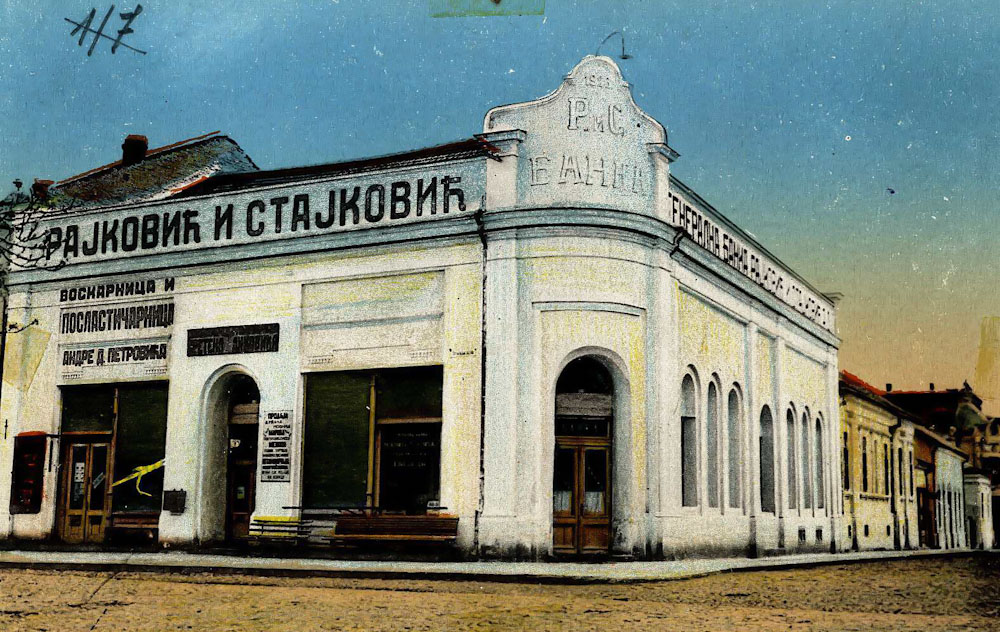
They invested their large profits from the mill and the bank into real estate (such as vineyards, shops, land, etc.). They also built an impressive building as their headquarter at the mill (today part of the former Porcelain Factory assets), while they erected the tallest building in the center of town, known as “Rajković and Stajković Palace”.

In 1930 their partnership became unstable due to the disagreements they had in relation to their individual profit shares. Rajković invested more into the mill, so he expected a bigger share of the profit, while Stajković refused to pay the state loan, endangering the mill. In 1931 they decided to start a court process to make a final verdict, and which lasted over several years, until the dissolution of their partnership in 1938. The bank continued to work successfully until the end of the World War II in 1945, when it was nationalized and became the property of the state.
In 1939 Stevan Rajković erected a new family mansion at Ljuba Nešića Street (where hotel “Putnik”, as well as the city library, and until recently Radio-television Zaječar used to be). Stevan and his wife Natalia had a son, Borislav, who got injured while skiing when he was a student, and who died from the injuries in 1941. In his son’s memory, Stevan built in 1946 a new building at the cemetery for memorials, still in use today.
His nephew Dobrivoje Radosavljević – Bobi was his heir, but as an honest communist he refused to inherit this wealth, so Stevan picked the son of his other cousin, Nikola J. Rajković from Grljan to be his successor. Nevertheless, after World War II, all Rajković’s business and property was nationalized, as well as the Rajković & Stajković Palace.
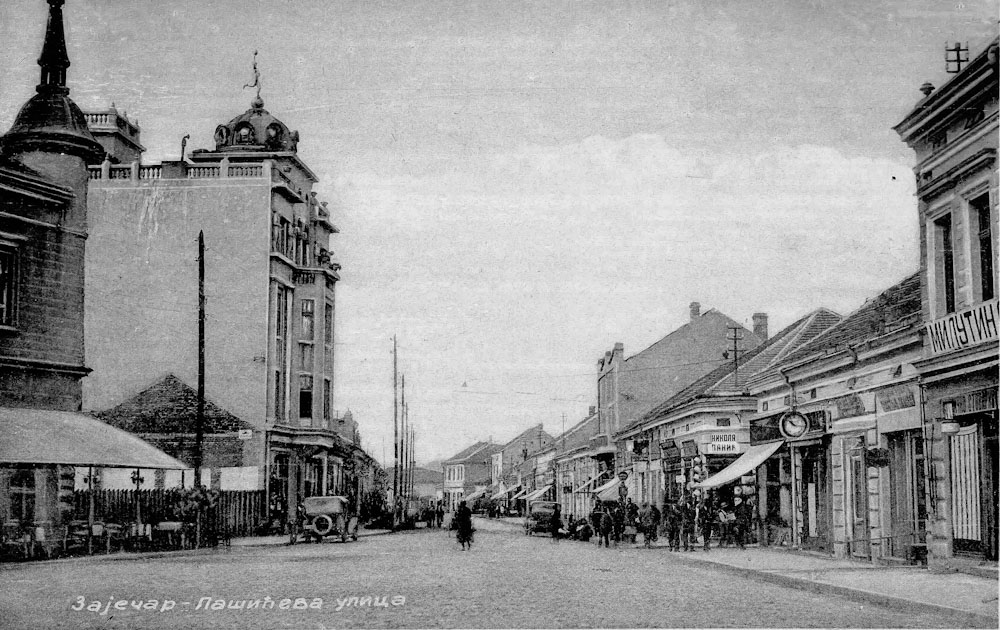


SOURCES:
Stevan Veljković, Iz starog Zaječara: rodovi i porodice, građevine i radovi. Zaječar, 2002.
Sergije Kalčić, Zaječar na starim fotografijama i razglednicama I. Zaječar, 1997.


The Ministry of People’s Health signed a Decree on July 30th, 1948 founding a school for medical nur...
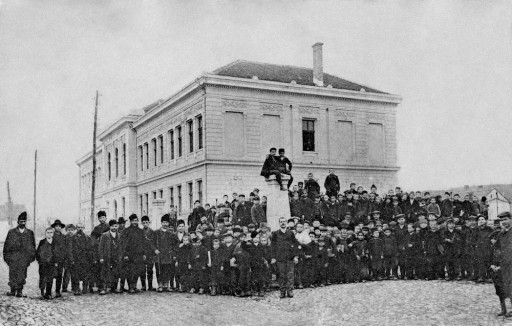
One of the most impressive school buildings from the very beginning of the 20th century, it was home...

Zaječar's most famous cinema operated at this address for almost a century: from 1924 to 2010. It wa...
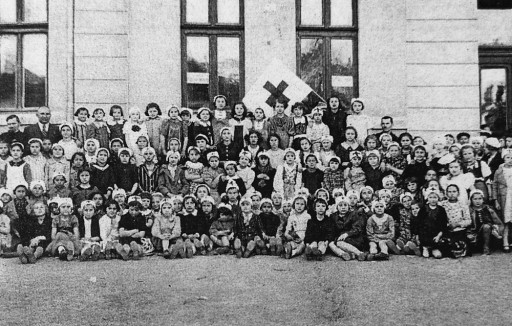
As part of the Guildhall complex, the building was erected in 1897 by the Traders’ Society and gave...